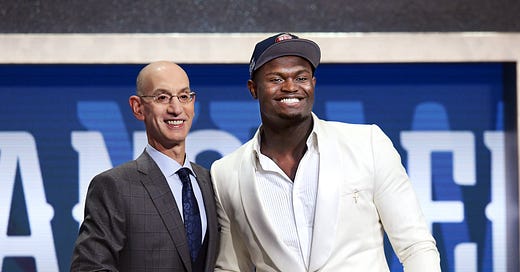The Loopholes Top Prospects Are Using To Avoid The NCAA
How one NBA decision opened multiple doors for the top high school basketball prospects
Friends,
In 2006, the NBA and the players’ union agreed to raise the minimum draft eligible age from 18 to 19 and required players be at least one year removed from high school, which barred the top high school prospects from skipping college entirely. Although they will claim alternative reasons, this was done for one simple purpose: NBA owners wanted a…


